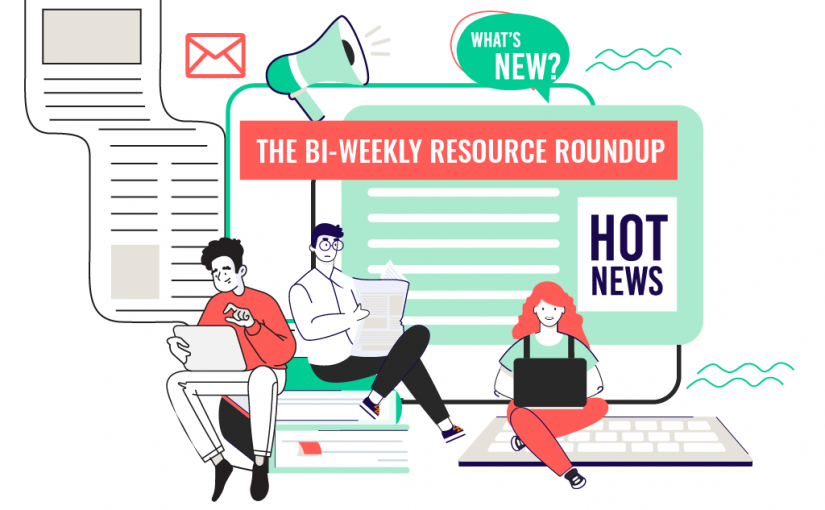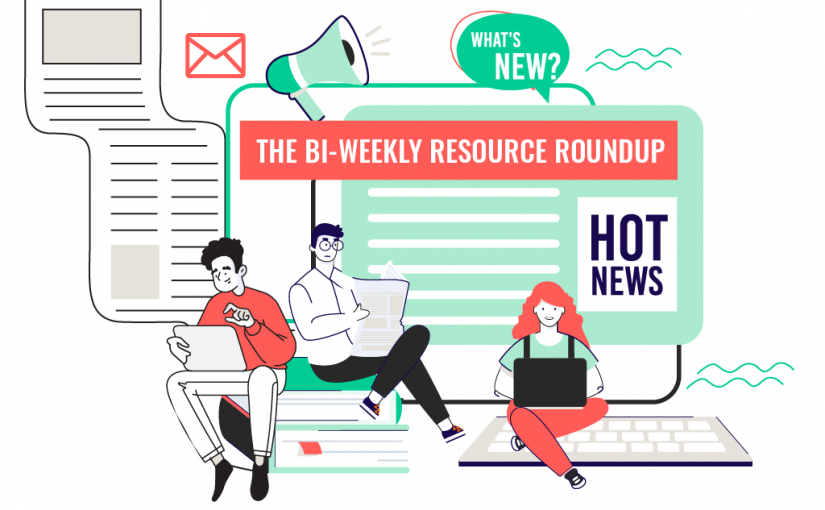It’s no secret that 2020 was a difficult year for many business owners. Even if your business wasn’t locked down, many of your customers were likely strapped for cash and distracted by the state of the world. Also, it can be hard to keep your focus when the world is in crisis!
As a business owner, you have a lot of responsibilities and stresses. Resilience is a key part of business success. So, how can you cultivate the right attitudes and skills to deal with economic uncertainty? Read on to find out.
Embrace Creativity

Creativity stems from innovation which leads to problem-solving. When you make creativity a core part of your business, you open the door to new ideas that are crucial to resilience.
If you stay in your current processes, it’s much harder to adapt to change. How can you develop new avenues for growth if you’re set on certain ways of thinking? Creativity can help you “think outside the box” and find ways to deal with uncertainty.
So, be willing to sit down and brainstorm solutions. Or, open the door to ideas from your team. Fresh perspectives are always helpful when facing a crisis.
Prioritize Your Needs
When economic crisis strikes, it’s tempting to start hedging your bets…or getting rid of anything you’re unsure of. Many businesses make the mistake of laying off workers instead of trimming their bloated ad budget. Others start pumping money into “growth hacks” hoping to turn the tide.
In times of economic uncertainty, focus on the solid parts of your business. Then, identify the aspects that truly need attention. If the market is down, cutting your staff may not be the solution. Now, you’ve crippled your ability to reach out to potential customers.
Knowing how to prioritize your needs is essential to good business management. What do you really need to achieve, and how does your current income support that? You might find that you could cut down on your paid ads and focus on word of mouth …. or vice versa!
Embrace Technological Change

Like it or not, the world is becoming increasingly virtual. Even as things open back up post COVID, many consumers are now accustomed to digital interactions. Your business must involve with the times. That may mean offering online ordering, an eCommerce store, chat based support, and so on.
Technology can also help your team collaborate more efficiently. Do you have remote workers? Are some team members still working from home? Avoid the temptation to force everyone back to “the way things were.” Improved flexibility and communication can boost your profits and make your employees happier. Take some time to consider how tech has helped your business.
Turn A Doomsday Mindset Into One For Growth
The pandemic certainly seemed apocalyptic at times, and many business owners reacted accordingly. Some let pessimism take over their outlook. But resilient business owners either (a) adjusted their businesses to current market conditions or (b) pivoted to a new industry that would better survive the pandemic.
How? Resilience is more than putting up with poor circumstances: it’s finding new opportunities when things change. Innovative business owners made their services virtual, opened up eCommerce stores, or decentralized their operations to save money. You can learn from them: rather than dwelling on the negative, look for ways to grow your business. You might be surprised by what you discover.
Lead With Compassion

Leadership is not simply a matter of making decisions and telling others what to do. You must be able to inspire others to action and stay calm in times of crisis. Your team can perceive how you regard yourself and your business. So, how are you acting?
In addition to leading your business with a cool head, you also need to show your team support. They may be concerned about their finances, fearful of losing their job, or generally stressed about the state of the world. It’s important to make them feel empowered. When they do, they perform better, which can help your business survive the crisis.
Wrapping Up
Resilience is ultimately adaptability. You must be able to change with the tide, especially during economic uncertainty. Running a business requires you to make the best decisions for your growth, and that’s not always a matter of maintaining the status quo! Don’t be afraid to embrace change, inspire innovation, and cultivate a flexible environment for your business. And remember, your team is crucial to your growth, so be sure to give them the freedom to solve problems for you. With these best practices in mind, you can be a resilient business owner, better equipped to keep your business thriving during difficult times.

















































